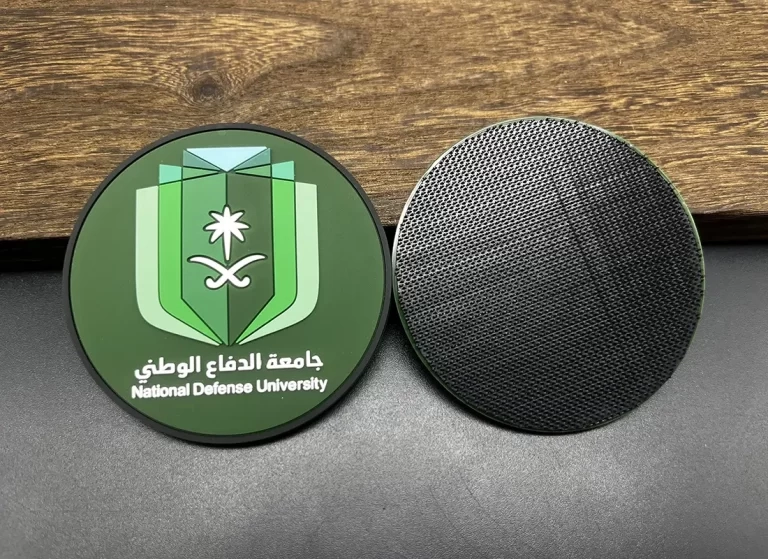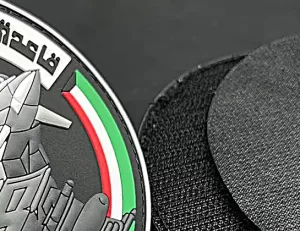Within the domain of emergency services, patches hold significant importance beyond mere adornments. They serve as essential symbols that embody identity, unity, and an unwavering dedication to public safety. The process of designing patches for emergency services demands careful deliberation of both functional aspects and symbolic representation. Let us explore the fundamental elements and considerations involved in crafting these pivotal symbols:
Creating Effective Patches for Emergency Services: Enhancing Identification, Symbolism, and Functionality
- Clear Identification:
- Distinct Unit Identification: Patches play a pivotal role in identifying different units within emergency services. Ensure patches clearly distinguish each unit for seamless coordination during critical situations.
- Visibility in Various Environments: Design patches with high-contrast colors and clear lettering to enhance visibility in diverse environments, including low-light conditions or environments with smoke and debris.
- Symbolic Imagery:
- Professionalism and Authority: Incorporate symbols such as eagles, shields, or crosses to convey professionalism, authority, and the solemnity of the services provided.
- Incorporating Regional Symbols: Strengthen the connection with the communities by integrating regional symbols or landmarks into patches, fostering a sense of local identity and pride.
- Functional Elements:
- Hook and Loop Fasteners: Incorporate hook and loop fasteners (Velcro) on the back of patches for easy attachment and removal on uniforms and gear, ensuring quick interchangeability.
- Durable Materials: Opt for durable materials like high-quality embroidery or PVC patches that withstand exposure to water, heat, and wear.
- Customization for Specialized Units:
- Specialized Roles: Design patches that reflect specialized roles within different branches of emergency services, such as SWAT teams, hazmat units, or search and rescue teams.
- Rank and Position Indicators: Incorporate elements that denote ranks or positions within the service to facilitate easy identification of leadership roles and maintain a clear chain of command.
- Crisis Communication:
- Clear Messaging: Use patches to communicate crucial information during emergencies, such as department names, emergency hotline numbers, or essential protocols, aiding public awareness and communication.
- Multilingual Considerations: In regions with diverse populations, consider incorporating multilingual elements on patches to ensure effective communication with all community members, transcending language barriers.
- Commemorating Service and Sacrifice:
- In Memoriam Elements: Include elements like black bands, memorial dates, or specific emblems on patches to commemorate fallen colleagues, honoring those who made the ultimate sacrifice.
- Anniversary Editions: Design special patches for significant milestones or anniversaries within the emergency service, serving as poignant reminders of the service’s history and dedication.
- YC Badges: Precision in Design:
- Tailored Solutions: YC Badges recognizes the significance of emergency service patches and offers tailored solutions that uphold precision in design, ensuring the patches embody the dedication and honor of emergency service providers.
In conclusion, designing patches for emergency services requires a delicate balance between functionality and symbolism. These patches are not just emblems; they embody commitment, unity, and the unwavering dedication to safeguarding communities during times of crisis.



